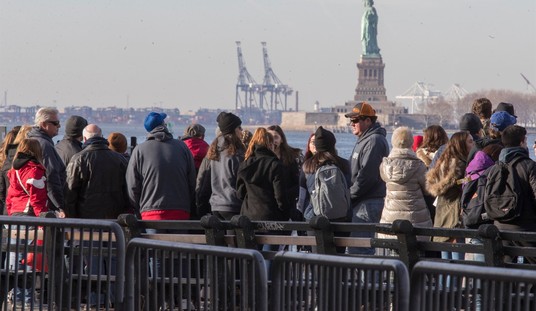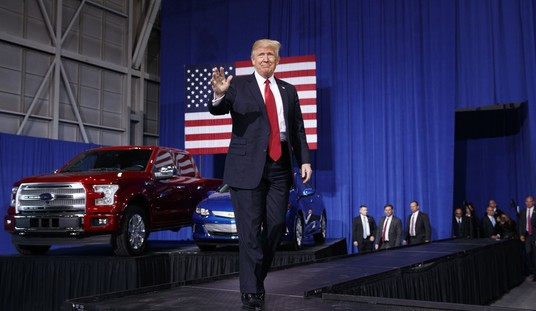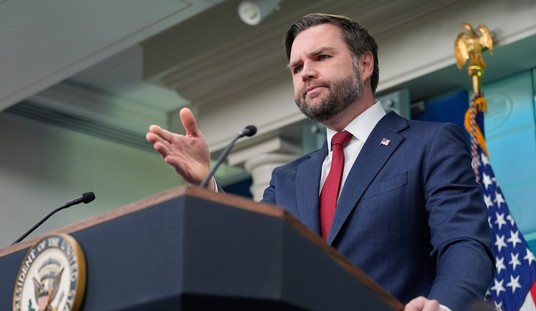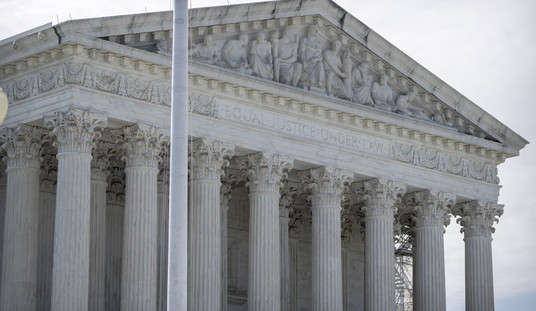August 29, 2020: A RedState story headline reads as follows:
Author: Yours truly.
Eight days ago, just prior to the final debate, Biden’s lead in Minnesota, according to SurveyUSA, was down to six points, 48%-42%. The polling supposedly showed Biden with substantial leads in the Minneapolis-St. Paul metroplex, and Trump with smaller advantages in the remainder of the state than was the case four years ago.
In 2016, the last October poll had Hillary Clinton beating Donald Trump by 11 percentage points, 53-42. Applying those percentages to the actual votes cast — 2.945 million — the outcome based on the polling should have been somewhere in the vicinity of the following:
Clinton: 1.560 million
Trump: 1.237 million
Others: 147,000
The actual votes totals on election day 2016 were:
Clinton: 1.368 (-192,000)
Trump: 1.323 (+86,000)
Others: 252,000 (+105,000)
Many attributed the outcome in Minnesota to Hillary Clinton’s personal unpopularity, and the fact that her campaign took Minnesota for granted along with other upper Midwest states like Wisconsin and Michigan. But, what actually appears to be true is that a segment of the historical Democrat party in Minnesota rejected the leftward march of the party’s political point of view.
Minnesota voted 6.2 percent less Democratic from the 2012 presidential election, a much bigger shift than the nation at large. There is no reason to believe that is attributable to the unlikeability of Hillary Clinton which — although undeniable — was not reflected in such a massive vote shift in other states.
Donald Trump only received 2700 more votes than Mitt Romney’s vote total in 2012, so it is not the case that Trump was the beneficiary of cross-over votes in Minnesota in the same way he benefitted in Wisconsin.
The difference in Democratic voting was largely attributed to Independent voters who voted for Libertarian candidate Gary Johnson (112,000 votes), and the Independence Party of Minnesota candidate Evan McMillan (53,000 votes) and Green Party candidate Jill Stein (37,000 votes). These three candidates account for 5.26 percent of the vote that Hillary Clinton lost.
Minnesota has been a primarily Democratic state since the Great Depression. Dwight Eisenhower carried the state in 1952 and1956, and Richard Nixon beat George McGovern in 1972 by 90,000 votes. But since then, Minnesota has gone for Carter, Carter, Mondale, Dukakis, Clinton, Clinton, Gore, Kerry, Obama, Obama, and Clinton.
There were some noteworthy outcomes in various counties around Minnesota in 2016 that seem to have been a harbinger for 2020. As is true of other midwestern states, Trump’s votes came from less populated, rural counties. Morrison and Todd both went for Trump by more than 70% of the vote, making this the first election since 1968 where any candidate had received over 70% in any Minnesota county. Trump also was the first Republican since Dwight D. Eisenhower to do so.
Trump was also the first Republican to receive a majority of votes in Itasca County since Herbert Hoover in 1928, Itasca County is part of Minnesota’s Iron Range, and my earlier story in August was prompted by the fact that six mayors of cities in the Iron Range — Democrats all — issued a joint letter endorsing Pres. Trump’s re-election.
The history of the population of the Iron range is linked to organized labor and the rise of labor unions as a key component of the Democrat Party coalition throughout the Twentieth Century. But, as expressed by the mayors in their letter, the bond has been broken by Democrat-supported policies that have resulted in the losses of tens of thousands of jobs in the Iron Range. The 2020 Democrat Party’s endorsement of radial environmental policy plans such as the “Green New Deal” and Joe Biden’s pledge to end fracking have likely cost him tens of thousands of votes in the Iron Range and other more rural parts of Minnesota.
The Eighth Congressional District covers most of the Iron Range. Between 1947 and 2011, it was represented by only two people — John Blatnick (1947-75) and Jim Oberstar (1975-2011) — both Democrats. That’s 64 years, 32 consecutive congressional terms — in the hands of the Democrat-Farm-Labor party of Minnesota.
In the 2010 mid-term election following Barack Obama’s win in 2008, a GOP candidate knocked off Oberstar in the nationwide wipeout suffered by the Democrats, beating the 18-term incumbent Oberstar by 4400 votes.
But the GOP lost the seat back to the Democrats during Obama’s re-election win in 2012, with the Democrat challenger beating the GOP incumbent by 9 points.
The seat came open again in 2018 when the incumbent chose to run for Minnesota Lt. Governor. In an open race – in an off-year election where Democrats gained seats all across the country — the GOP took back the Iron Range seat for only the second time since World War II. Both sides pumped millions of dollars into the race, and Pres. Trump personally campaigned in Duluth for the GOP candidate Peter Stauber. The GOP won the seat against the 2018 Blue Tide, 50-45%.
When Democrat Rick Nolan regained the seat in 2012, he garnered 192,000 votes. In the election for the open seat in 2018, the Democrat candidate received only 142,000 votes — a 50,000 vote decline in just six years. 2012.
The Iron Range has deserted the Democrat Party. They backed Donald Trump in 2016 when he won 54% of the vote there. The results of the 2018 mid-term suggest an even wider margin is likely in 2020.















Join the conversation as a VIP Member